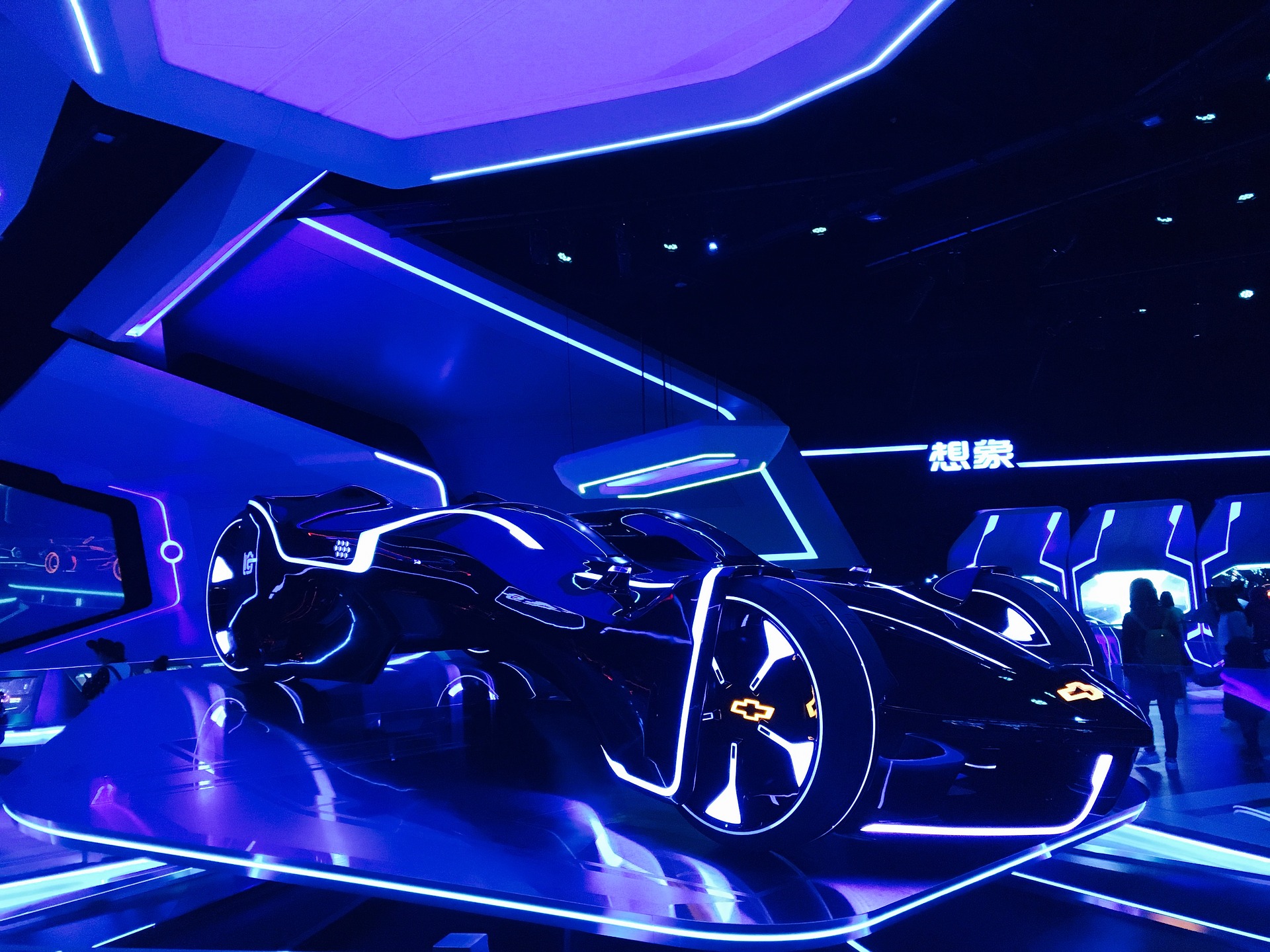Is the era of flying cars and self-driving automobiles already here? Thank Google, Tesla, Terrafugia and Uber (add more!).

These erstwhile fictional vehicles have now metamorphosed into reality.
Taking a detour from enthusiastic announcements, we will take you through the less passionate “how stuff works” with a technical overtone, and will restrict our segment to self-driving vehicle or Autonomous Car.
What It Means To Be Autonomous
An autonomous car is a vehicle that is capable of sensing its environment and navigating without human input.
Also known as driverless cars, autonomous vehicles combine these sensors with software, generally Artificial Intelligence, to replace the functionality of a human driver.
Most vehicles of this kind in development as of now are partially-autonomous (if you exclude self-driving prototypes).
How It Works
- Self-driving systems first create and store an internal map of their surroundings, using AI and sensors such as radar, sonar and/or laser.
- The AI then processes these inputs, plots the most plausible trajectory, and sends instructions to the vehicle’s actuators which control acceleration, braking, and steering.
- Coded driving protocols, obstacle avoidance algorithms, predictive modeling, and smart object discrimination (i.e., knowing the difference between a bicycle and a motorcycle) help the car follow traffic rules and navigate obstacles.
Driverless cars are categorized into five levels of autonomy, which is beyond the scope of this blog.
Challenges
Costs
Since there is no mass producible model as of yet, Fair Market Value analyses conducted by several agencies including Goldman Sachs for the feasibility of autonomous cars are largely hypothetical.
Currently companies such as Tesla are trying to replace conventional radar sensor technology as they are too expensive and impractical for public use.
Security
Technically, driverless cars would be error-free and greatly reduce annual rate of accidents, thereby improving driver safety. But there is one conundrum – anything with a processor can be hacked. And this is concerning all companies developing these cars. Cybersecurity will remain an issue, unless proprietary software and firewall are used.
Jobs
Self-navigation technology, after widespread adoption, could displace millions of persons working as car drivers. The public transport sector would be massively affected and bear heavy losses.
Environment
Self-driven cars embedded with AI wouldn’t have any effect on the environment.
Combined with eco-friendly engine systems, it would have a largely positive impact. However when driven on fossil fuels, it can have a negative impact as people would want to travel more number of miles with minimal effort on their part, increasing fuel consumption and carbon footprint.
Conclusion
Though still in its infancy and faced with challenges, autonomous cars are becoming increasingly common in automotive research circles and could revolutionize transportation system, and by extension, our Economy and Society.
